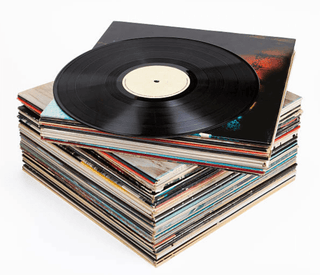Astrig Siranossian- Cras, Ferroud & Soulage: Invisibles

Astrig Siranossian and Nathanael Gouin pluck from obscurity three rare works that time has rendered (temporarily) invisible. The first of these sonatas for cello and piano, recorded at the La Grange-Fleuret Music Library, was composed by Jean Cras in 1901, when he was a young naval officer aged twenty-two. It displays his precocious mastery of form and texture. Pierre-Octave Ferroud's Sonata, written in 1932, four years before this promising composer died in a car accident at the age of thirty-six, evokes a very different mood. Marcelle Soulage is certainly the least-known of the three. A pupil of Nadia Boulanger, teacher, radio producer and journalist in addition to her work as a composer, she was a founder member of the Groupe Instrumental Feminin in the 1950s. Her Sonata in F sharp minor, written in 1919 when she was twenty-five, reveals inventive qualities that were already very apparent.
Astrig Siranossian and Nathanael Gouin pluck from obscurity three rare works that time has rendered (temporarily) invisible. The first of these sonatas for cello and piano, recorded at the La Grange-Fleuret Music Library, was composed by Jean Cras in 1901, when he was a young naval officer aged twenty-two. It displays his precocious mastery of form and texture. Pierre-Octave Ferroud's Sonata, written in 1932, four years before this promising composer died in a car accident at the age of thirty-six, evokes a very different mood. Marcelle Soulage is certainly the least-known of the three. A pupil of Nadia Boulanger, teacher, radio producer and journalist in addition to her work as a composer, she was a founder member of the Groupe Instrumental Feminin in the 1950s. Her Sonata in F sharp minor, written in 1919 when she was twenty-five, reveals inventive qualities that were already very apparent.



